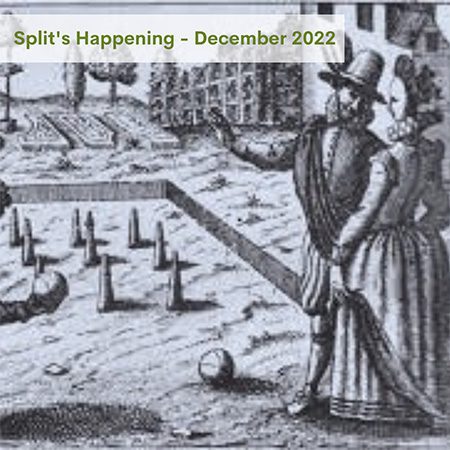
December 2022 | Bowling History


Bowling Through The Ages!
1. Ancient Egypt
Bowling has been traced to the Ancient Egyptians as early as 5000 B.C.! In Narmoutheos, a settlement south of Cairo that dates back to the Roman occupation of Egypt, archeologists discovered a room containing a set of lanes and a collection of balls of various sizes.
Some say that rather than aiming for pins, they aimed for holes in the ground, but others have claimed the balls were thrown at stone figures that were propped up in the dirt. However the rules were laid out, there are hieroglyphs that depict the Ancient Egyptians enjoying the sport of bowling on the walls of old sites throughout Egypt. How wild is that!

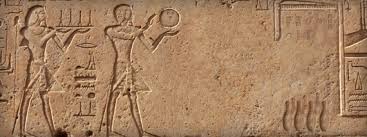
2. Early Hawaii
Another ancient version of bowling was the Polynesian game of ‘Ulu maika (or ‘olohu) that was played during Makahiki season.
‘Ulu maika also utilized pins and balls of stone. The stones were large, hockey puck-like discs that had to be rolled at targets about 60 feet away. The player would aim between the stakes to test their skills, or roll the stone down extra long courses to show their strength. One of the best of the remaining ‘ulu maika courses is approximately 500 feet long and located on the island of Moloka’i.
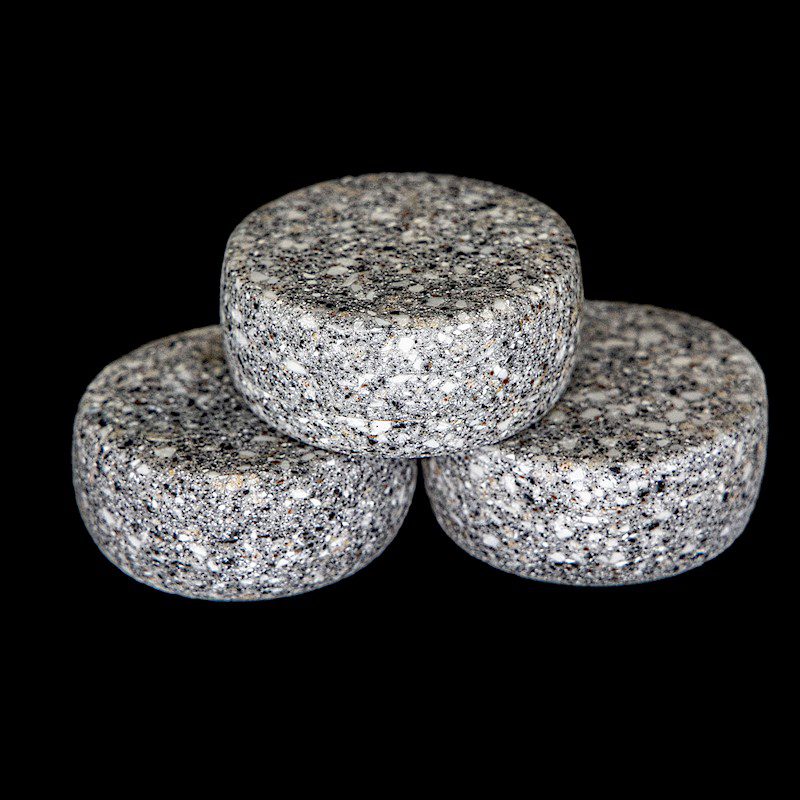
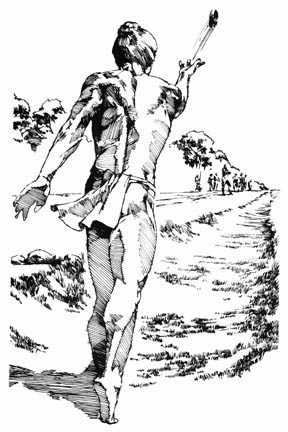
3. Europe from the 16th to the 18th Century
Back in the 1500s, English King Henry VIII was known to be an avid bowler. In true Kingly fashion, he banned bowling for the lower classes and imposed a levy for private lanes to limit them to the wealthy. Thankfully, that law was changed after his reign ended.
In Germany, Martin Luther, priest and creator of Lutheranism, regularly bowled for pleasure! He believed that nine pins made the best game, and this was eventually adopted as the standard in Germany. It has been said that Luther once preached a sermon proclaiming that, as a Christian, you should ‘strive for perfection in life, but when you roll a gutterball, remember all is not lost’. It is unclear how true this is, but a great quote nonetheless!
4. Early America
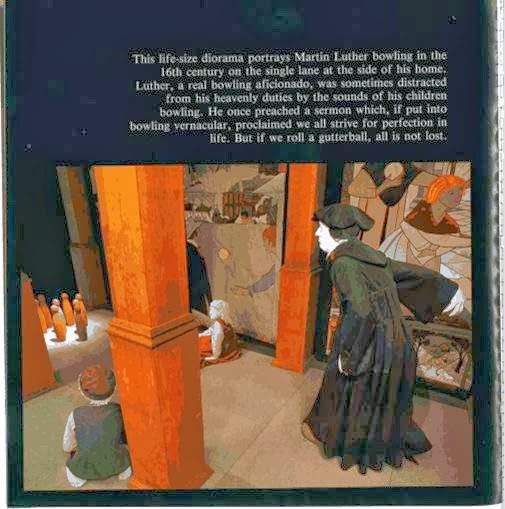
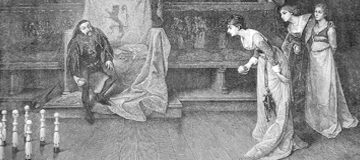
‘Nine-pins’ was the most popular form of bowling in much of the United States from colonial times until the 1830s. However, due to an excess of gambling and organized crime surrounding the game, the rules were changed to make ten-pin bowling the standard (apparently 10-pin bowling makes it’s more difficult to cheat!).
On January 1st, 1840, Knickerbocker Alleys in New York City opened, becoming the first 10-pin, indoor bowling alley in America! At the bottom of every lane, a pinsetter (or pin spotter) would wait and manually reset bowling pins to their correct position, clear fallen pins, and return bowling balls to players.
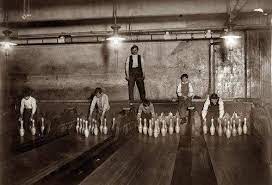
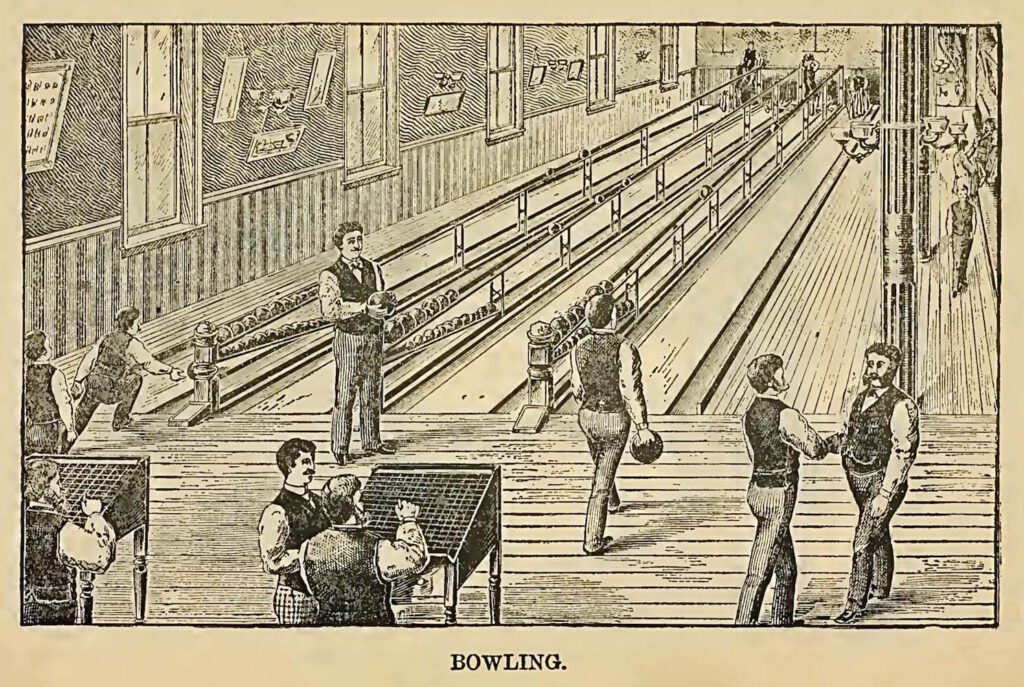
Did you already know any of these bowling facts? Do you have other stories about bowling through the ages? Share your thoughts with us.
December Puzzler
Can you Spot the Difference? Find all 5!




